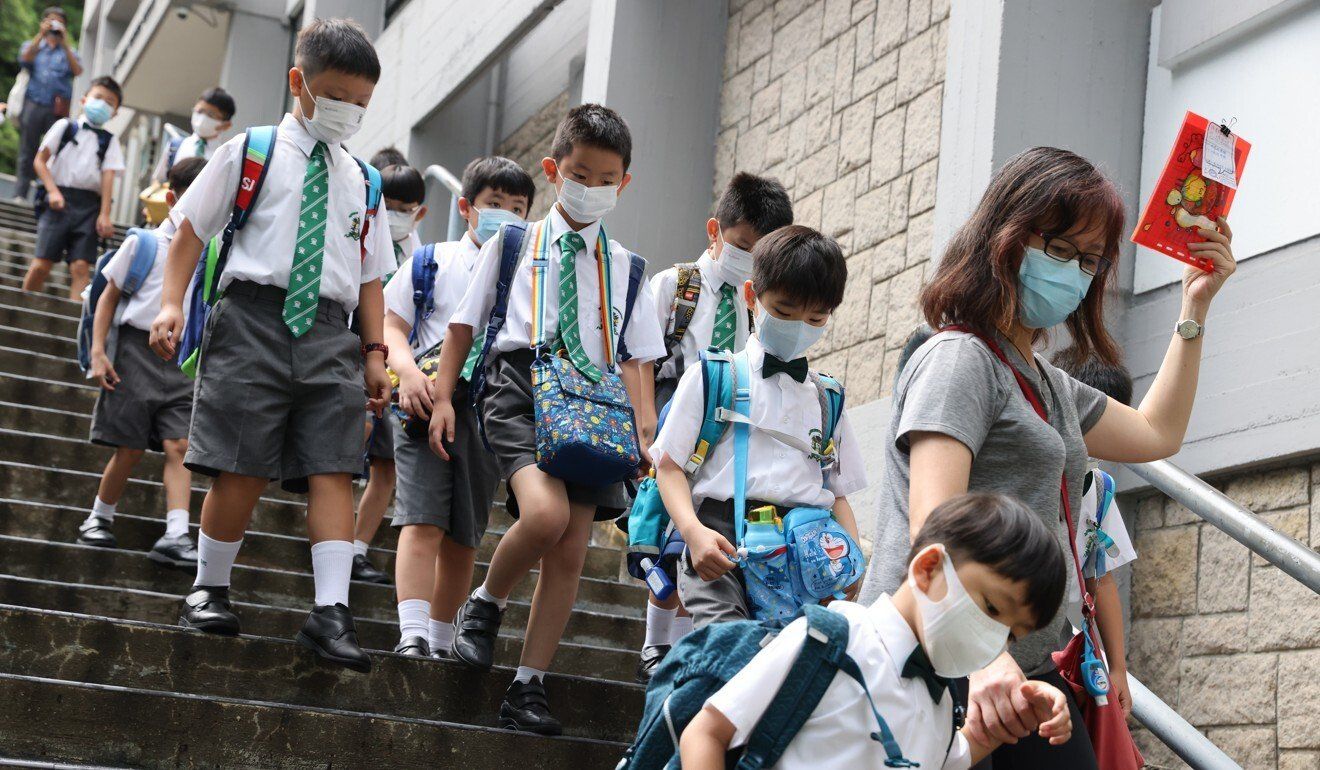Hong Kong News

Hong Kong schools lose 81 Primary One classes as students leave city
At least 81 Primary One classes at Hong Kong public schools have been cut this academic year after a wave of emigration sapped the city’s student population, according to new official figures.
A representative of local principals said he expected the drop could be even bigger in the next school year, predicting that students living in mainland China who currently attended online classes at Hong Kong schools would choose to quit if the border remained closed due to the coronavirus pandemic.
The Education Bureau’s latest census of the city’s student population, released on Thursday, showed there were 15 fewer Primary One classes in government-run and subsidised schools in September than the authorities originally approved in March.
Figures published previously in a report titled “Primary School Profiles 2021” showed there were already 66 fewer classes approved then for the city’s more than 450 public primary schools than there were the year before.
The profile, compiled by the Committee on Home-School Co-operation months before the start of the academic year, showed 54 schools were each projected to cut a single Primary One class, while another six schools were expected to cut two.
With each class typically having about 25 pupils, the combined cuts amounted to some 2,000 Primary One spots being lost this year.
The bureau on Thursday said there were also eight fewer Secondary One classes in September than were approved in March. Data for the number of approved classes in public secondary schools in March was not immediately available.
A statement from the bureau noted that such a fluctuation “often reflects the overall changes in the population of school-aged students and its mobility”, which includes emigration and people leaving the public system for private options.
 The class cuts this year amount to an estimated 2,000 Primary One seats being shed.
The class cuts this year amount to an estimated 2,000 Primary One seats being shed.
Earlier this month, Secretary for Education Kevin Yeung Yun-hung noted that more people, including many pupils, had been leaving the city, and said the government would conduct its annual headcount of students to assess the impact and come up with measures to address the trend if needed.
The headcount includes cross-border students, even if they cannot physically return to Hong Kong, as long as they join classes online or learn from home.
Chu Wai-lam, chairman of the North District Primary School Heads Association, said his school had already received 20 per cent fewer Primary One admission applications for the coming school year.
“Moreover, if the border fails to open, some of the cross-border students who are now learning online will eventually quit school,” Chu said. “So it's a double hit.”
He said he expected it would be difficult to fill the 3,000 Primary One openings in North district in the next school year.
According to the Education Bureau, about 60,000 six-year-olds were eligible to begin Primary One this year.
In July, official data showed more than 15,000 pupils had quit school in the 12 months leading up to October 2020, representing a 2 per cent drop in the primary and secondary school population, which stood at about 691,000.
Meanwhile, figures released by the Census and Statistics Department last month showed a net outflow of about 89,200 residents since mid-2020, around the time Beijing imposed a new national security law on the city.
Britain, Australia, Canada and the United States all revealed new immigration pathways for Hongkongers following the imposition of the law, which outlaws acts of secession, subversion, terrorism and collusion with foreign forces, and carries a maximum penalty of life in prison.











